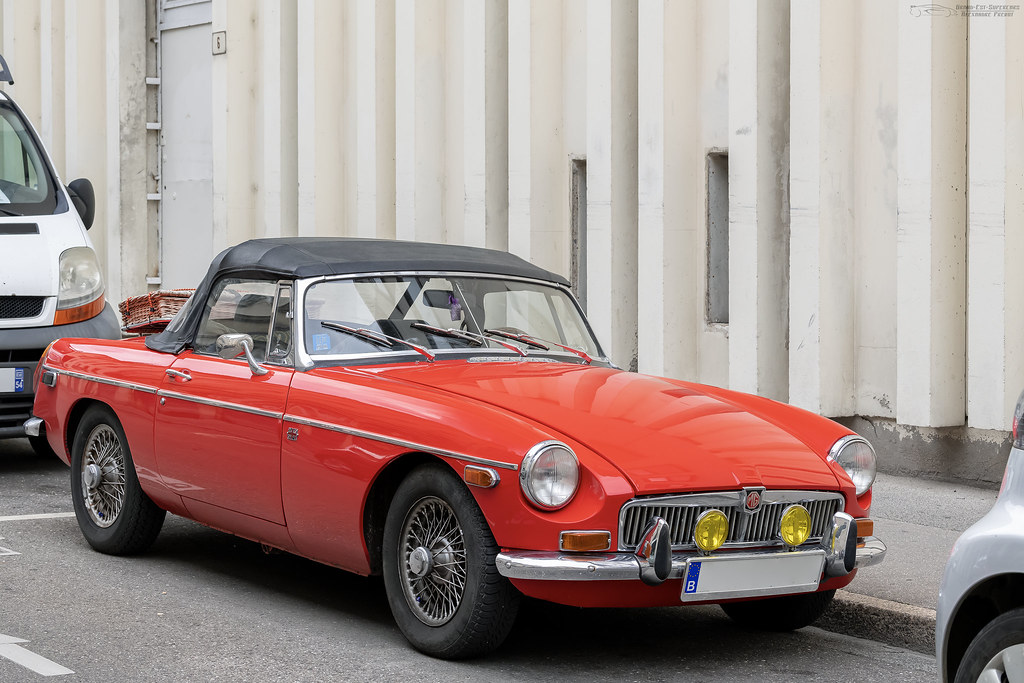
For any genuine automotive enthusiast, the very mention of Mopar’s iconic V8 engines conjures images of raw power, unmistakable rumble, and the golden age of American muscle. Among Chrysler’s celebrated lineup, the 340, 383, and 440 V8s stand tall, each contributing to the brand’s storied legacy. Yet, beneath their shared Mopar badge lies a fascinating tapestry of distinct engineering philosophies, architectural nuances, and performance characteristics that set them apart in profound ways. These aren’t just engines; they’re legends, each with a unique story to tell.
Our journey today isn’t merely about reciting specifications; it’s about understanding the heart and soul of what made these powerplants tick. We’ll delve into their origins, dissect their internal designs, and explore why each became a favorite for specific applications, from spirited street driving to blistering drag strip runs. Prepare to uncover the intricacies that defined a generation of automotive excellence, shedding light on the subtle yet significant differences that shaped the Mopar landscape.
This in-depth exploration will reveal how Chrysler’s engineers constantly pushed boundaries, adapting and innovating to meet varying demands for power, efficiency, and vehicle dynamics. From the foundational big-blocks to the high-revving small-blocks, each engine represents a chapter in Mopar’s relentless pursuit of performance. Let’s peel back the layers and discover what truly differentiated the enigmatic 383 from its formidable siblings, the 340 and 440, ensuring we appreciate their individual brilliance.
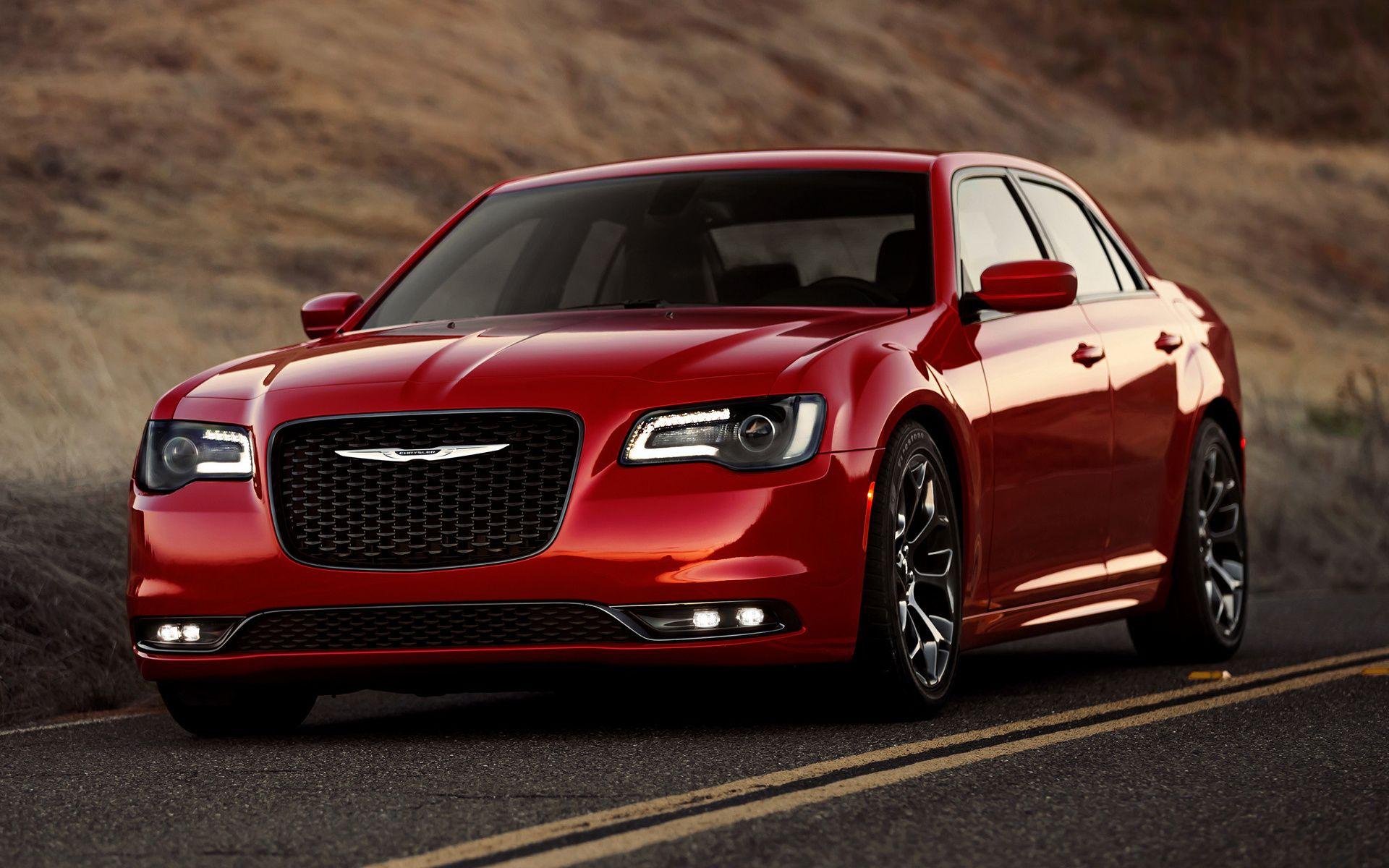
1. **Chrysler’s V8 Evolution: From FirePower to B/RB Lines**To truly appreciate the Mopar 383, 340, and 440, we must first journey back to the late 1950s, a pivotal period when Chrysler made a significant strategic shift. The company decided to cease production of its massive, hemispherical FirePower V8 engines. While these groundbreaking designs would eventually be revived and rebranded in the mid-1960s as the iconic Hemi V8s, Chrysler’s immediate focus in the ’50s was on developing lighter V8 packages that could still deliver substantial power.
This quest led to the introduction of two distinct V8 engine lines. In 1956, the small-block V8 A line was put into effect. However, it was the large-block V8 B line, introduced just two years later in 1958, that would effectively replace the outgoing FirePower engines. The A line itself had a relatively short run, lasting until 1961 before being revamped three years later into the more familiar LA line, which would eventually house the celebrated 340 cubic inch engine.
Crucially, the B line of engines was not a monolithic entity; it was composed of two different types: B and RB. Both B and RB engines shared the same fundamental design principles, most notably featuring the innovative wedge-shaped combustion chamber. However, a key distinction was their physical stature: RB engines were built to be inherently taller than their B-block counterparts. This difference in deck height played a significant role in their internal dimensions and the displacements they could accommodate.
Each of these B and RB types typically offered a variety of different engine displacements, with those sizes generally unique to either the B or RB category. For instance, the formidable Mopar 440 engine, a true legend in its own right, was exclusively an RB engine, built upon that taller, more robust architecture. This foundational understanding of Chrysler’s V8 family tree is essential for grasping the unique position of the 383, which, as we’ll see, defied these typical classifications.

2. **The Mopar 383’s Dual Identity: B-Block vs. RB-Block**One of the most intriguing aspects of the Mopar 383 V8 engine, and indeed what makes it a standout in Chrysler’s storied history, is its remarkable dual identity. Unlike most other Mopar engines where a specific displacement was firmly rooted in either the B or RB big-block family, the 383 was the singular exception. It was the only engine that genuinely crossed over between the two distinct big-block lineages, manifesting in both a B-block and an RB-block variant.
This crossover is not merely a footnote in Mopar history; it signifies that despite sharing the exact same engine displacement—383 cubic inches—the two 383 V8s were, at their core, “distinctly different engines.” They were not just different from the 340 and 440, but profoundly different from each other. This often leads to confusion among enthusiasts and underscores the importance of specifying which 383 is being discussed when diving into its characteristics or performance.
For the vast majority of enthusiasts and within the broader automotive lexicon, when people refer to a Mopar 383, they are “most likely referencing the B engine.” This is a crucial point, as the B-block 383 achieved widespread popularity and a much longer production run, making a significant impact in a multitude of performance and family vehicles. Its prevalence and reputation firmly cemented its place in the Mopar pantheon.
Conversely, the RB-block 383 was a much rarer bird, a short-lived anomaly that served a very specific, albeit temporary, purpose. Its existence highlights Chrysler’s dynamic engineering and manufacturing strategies, but its limited run means it often fades into the background when compared to its omnipresent B-block sibling. Understanding this fundamental dual identity is the key to unraveling the distinct narratives and performance attributes of Mopar’s legendary 383 cubic-inch V8.
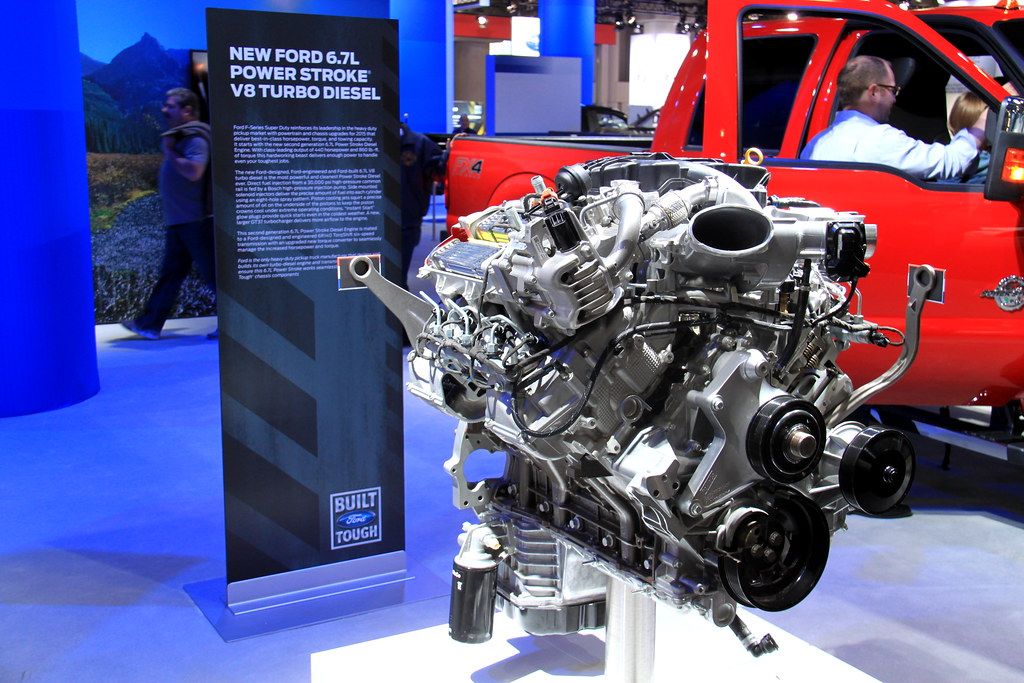
3. **Displacement and Bore/Stroke: The Heart of the 383 B-Block**The Mopar 383 B-block engine, the variant that truly left an indelible mark on automotive history, owes much of its character to its specific internal architecture. Its fundamental design, particularly its bore and stroke dimensions, dictated its performance characteristics and contributed significantly to its reputation. The 383 B was engineered with a bore and stroke measuring “4.25 inches by 3.375 inches,” a configuration that defined its unique feel on the road and track.
It’s important to note that this 3.375-inch stroke length was, in fact, “the stroke length of all the B line engines.” This consistency across the B-block family meant that the 383 B shared a common foundational element with its kin, but its larger 4.25-inch bore provided the displacement advantage that made it so potent. This combination allowed for a substantial cubic capacity within the B-block’s deck height, creating a robust and versatile powerplant.
The 383 B-block first hit the market for the 1959 model year, finding its home in a diverse range of vehicles, including family-oriented models like the Chrysler Town and Country. However, its true calling quickly emerged as it “quickly became the go-to engine for many performance vehicles like the Dodge Charger,” a testament to its innate power and reliability. In these performance applications, the 383 B could reach an impressive output of “up to 305 horsepower,” a formidable figure for its era.
Beyond its initial power, the 383 B-block was revered for its inherent strength and durability. Automotive enthusiasts and mechanics alike consistently praised its robust construction, with many noting that “383s are generally stronger blocks and can rev a little higher.” Comments from owners reinforce this, highlighting that “383s have been very dependable for me and have plenty of get up and go. They really rev up quickly and have good power.” This combination of healthy power output, quick-revving nature, and legendary reliability—even to the point of being called “nearly indestructible” when well-maintained—secured its spot in Mopar’s pantheon until its eventual retirement from the Chrysler line in 1971.
Car Model Information: 2025 Genesis GV80 3.5T
Categories: All Wikipedia articles needing clarification, All articles needing additional references, All articles to be expanded, All articles with unsourced statements, Articles needing additional references from June 2010
Summary: The Chrysler Hemi engine, known by the trademark Hemi or HEMI, is a series of high-performance American overhead valve V8 engines built by Chrysler with hemispherical combustion chambers. Three generations have been produced: the FirePower series (with displacements from 241 to 392 cu in (3.9 to 6.4 L) from 1951 until 1958; a 426 cu in (7.0 L) race and street engine from 1964 through 1971; and family of advanced Hemis (displacing between 5.7 and 6.4 L (348 and 391 cu in) since 2003.
Although Chrysler is most identified with “Hemi” as a marketing term, many other auto manufacturers have incorporated Hemispherical cylinder head designs.
During the 1970s and 1980s, Chrysler also applied the term Hemi to their Australian-made Hemi-6 Engine, and a 4-cylinder Mitsubishi 2.6 L engine installed in various North American market vehicles.
Get more information about: Chrysler Hemi engine
Buying a high-performing used car >>>
Brand: Mopar Model: 383 B-block
Price: $63,683 Mileage: 5,413 mi.
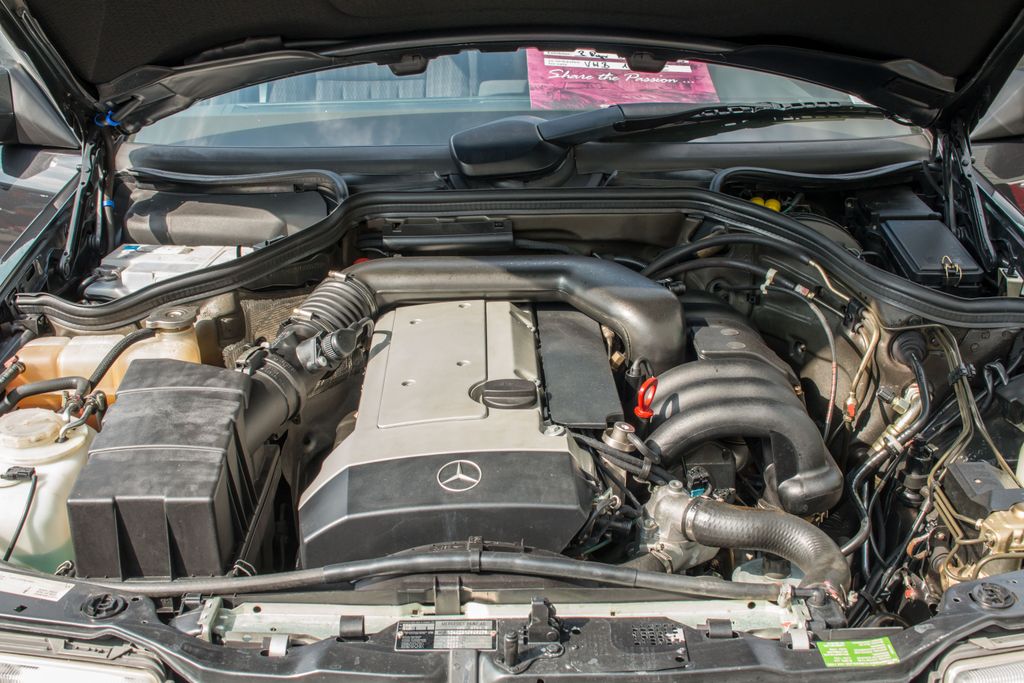
4. **The Short-Lived 383 RB-Block: A Production Efficiency Solution**While the 383 B-block carved out a long and influential career, its lesser-known sibling, the Mopar 383 RB-block, existed for a comparatively brief moment in time. This particular variant of the 383 engine “only had a lifespan of two years,” a stark contrast to the B-block’s extended production run. It was predominantly “introduced mostly as a stop-gap alternative,” a solution born out of manufacturing necessity rather than a long-term performance strategy.
The fundamental difference lay in its architecture. As an RB engine, it possessed a “taller build” compared to the B-block. This increased deck height accommodated different internal dimensions, specifically reflected in its bore and stroke. The 383 RB featured a bore of “4.031 inches by 3.75 inches,” a configuration distinct from the B-block 383 despite sharing the same overall displacement. This longer stroke, characteristic of RB engines, hinted at different torque characteristics, even if its brief production limited its impact.
Chrysler’s primary motivation for producing this unique engine was centered on “production efficiency.” The popular 383 B engines were in high demand, but the company faced challenges in easily converting its factory assembly lines designed for building RB engines to produce B-blocks to meet the burgeoning need. Therefore, Chrysler “briefly made this 383 RB as a somewhat transitional engine before assembly line switching became easier,” serving as a temporary bridge during a period of manufacturing adjustment. This clarifies why the 383 RB, despite its existence, rarely enters common Mopar conversations.
The scarcity of the 383 RB-block is further emphasized by its limited availability, being offered only in “59 and 60.” This brief window meant that very few vehicles were ever equipped with this engine, making it a rare find for collectors and restorers today. Its story is less about outright performance dominance and more about a fascinating glimpse into the intricate world of automotive manufacturing decisions and the compromises sometimes made to keep the production lines moving during a dynamic era of engine development.
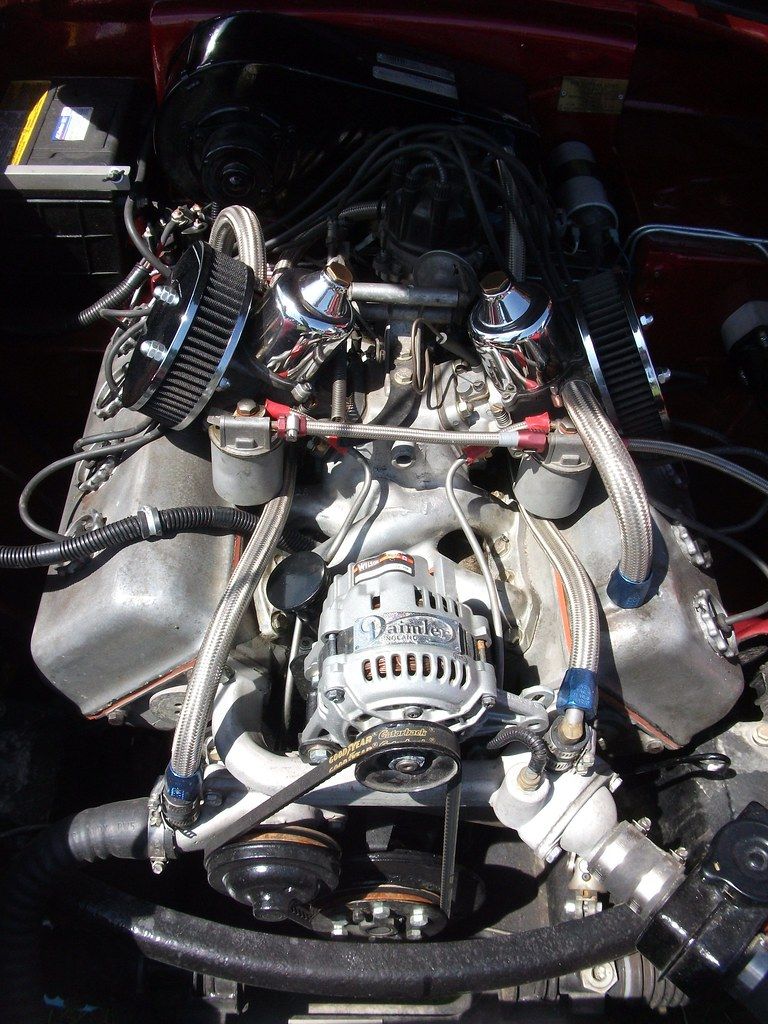
5. **The Mopar 440 RB-Block: King of Displacement and Torque**Stepping up the displacement ladder, we encounter the legendary Mopar 440 engine, a true titan of the big-block era and a quintessential powerhouse in the RB-block family. Introduced in 1966, the 440 was “exclusively an RB engine,” meaning it benefited from the taller deck height inherent to the RB design. This architecture allowed for its massive 7.2-liter displacement, making it one of the largest and most formidable engines offered by Chrysler.
The 440’s lineage can be traced back as the “last of the RB line,” developed by “boring out the 413 V8 for a larger displacement.” This incremental evolution culminated in an engine renowned for its sheer brute force. What truly set the 440 apart was its unparalleled torque output, a characteristic frequently lauded by enthusiasts. Forum discussions consistently echo this sentiment, describing the 440 as a “real powerhouse with unreal torque,” possessing “no top end to it compared to the 383” in terms of continuous pulling power.
Chrysler amplified the 440’s potent capabilities by offering it in various high-output configurations, including the fabled “Magnum, Super Commando, and Six-Pack” versions. These designations, dependent on the specific model and tuning, could elevate the 440’s performance to exhilarating levels, with a Six-Pack model capable of maxing out at an impressive “390 horsepower.” However, independent assessments and enthusiast experiences often show the 440 generating even more, “often producing between 350 and 500 horsepower, with torque figures soaring to 480 lb-ft or more.”
The 440’s prodigious torque translated directly into exceptional real-world performance. As one experienced driver vividly recounted, “A 440 Will pull a hill, tow a trailer, burn rubber and 1/4 mile ET WAY better than a 383.” The stark difference in low-end grunt was so pronounced that “you can let the clutch out on a 440 at idle and it won’t kill the engine,” a testament to its immense pulling power and drivability. This made the 440 the undeniable choice for those seeking maximum muscle and unrelenting acceleration, solidifying its reputation as a cornerstone of Mopar’s performance heritage.
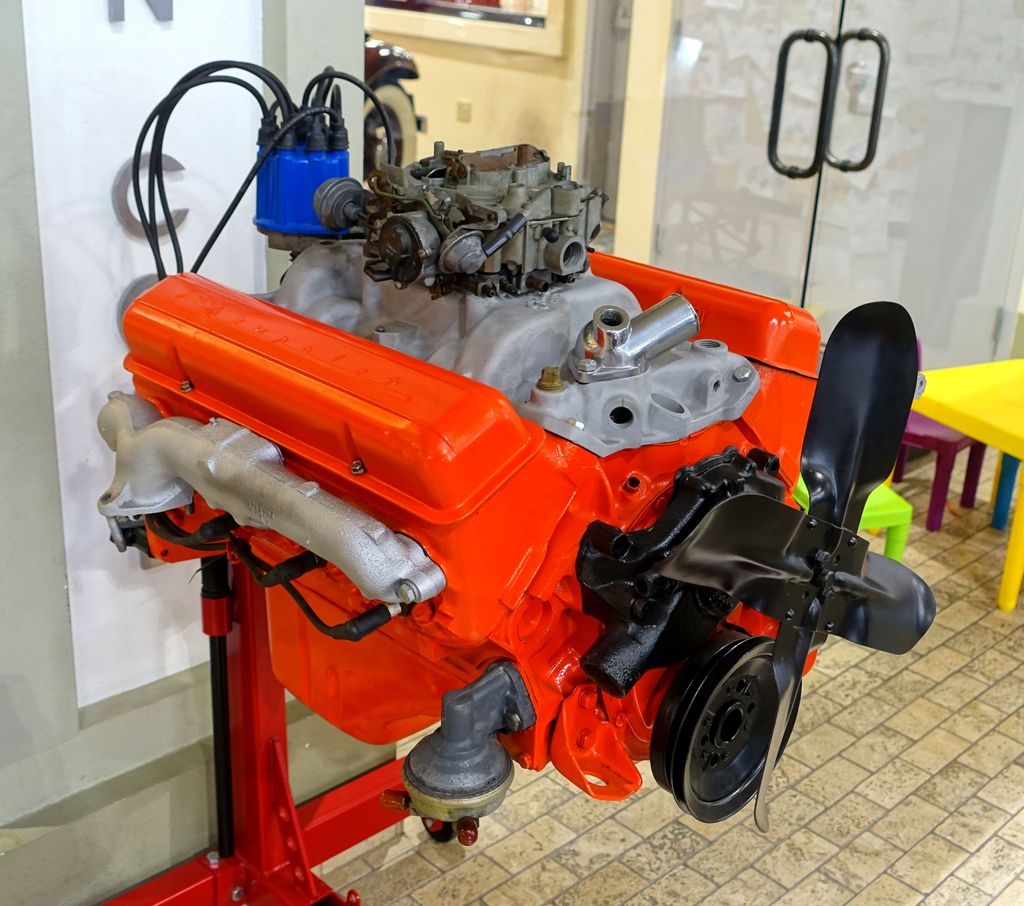
6. **The Mopar 340 LA-Block: High-Reving Small-Block Agility**Shifting our focus from the robust big-blocks, we arrive at the Mopar 340, a shining example of Chrysler’s expertise in crafting high-performance small-block engines. Introduced in 1968, the 340 was an integral part of Chrysler’s LA engine line, which itself was a revamped evolution of the earlier A line. This engine was distinct from its big-block cousins, the 383 and 440, not just in size but in its entire performance philosophy.
The 340 was specifically “Made for lighter body vehicles,” reflecting a strategic design choice to prioritize agility and responsiveness over sheer, raw displacement. Its architecture was geared towards maximizing power in a more compact and lightweight package, making it an ideal choice for cars like the Plymouth Barracuda and Dodge Dart. The smaller block contributed to better weight distribution and handling characteristics, giving vehicles equipped with the 340 a distinct edge in roadability and cornering performance.
Initially, the 340 was rated to “generate up to 275 horsepower.” However, true to Mopar’s reputation for often conservative factory ratings, contemporary “tests by MotorTrend found that to be underrated by about 45 horsepower.” This revelation underscored the engine’s true potential, suggesting its actual output was closer to the 320 horsepower mark, a very respectable figure for a small-block. The 340’s design focused on “high-revving capabilities,” allowing it to spin up quickly and efficiently deliver its power band, making for an exhilarating driving experience.
Despite its smaller displacement compared to the 383 or 440, the 340 earned immense respect among enthusiasts. It was celebrated for its balanced performance, offering a blend of power and nimble handling that appealed to a different segment of the muscle car market. Some even considered it the pinnacle of Mopar small-block engineering, with forum members asserting that the “340’s are considered by many the cream of the small block crop!” Its unique blend of high-revving power and lightweight design solidified the 340’s status as a formidable contender in the performance arena, proving that big power didn’t always require a big block.
Now, with a clear understanding of the individual origins and fundamental designs of the Mopar 383, 340, and 440 engines, it’s time to shift our focus from individual brilliance to a comprehensive comparative analysis. While they all hail from the same iconic Mopar stable and shared the muscle car era, their paths were distinct, leading to diverse performance characteristics, preferred applications, and even different modification potentials. This section will peel back the layers on how these engines stacked up against each other, dissecting their comparative strengths and weaknesses in the real world of Mopar enthusiasts and high-performance driving.
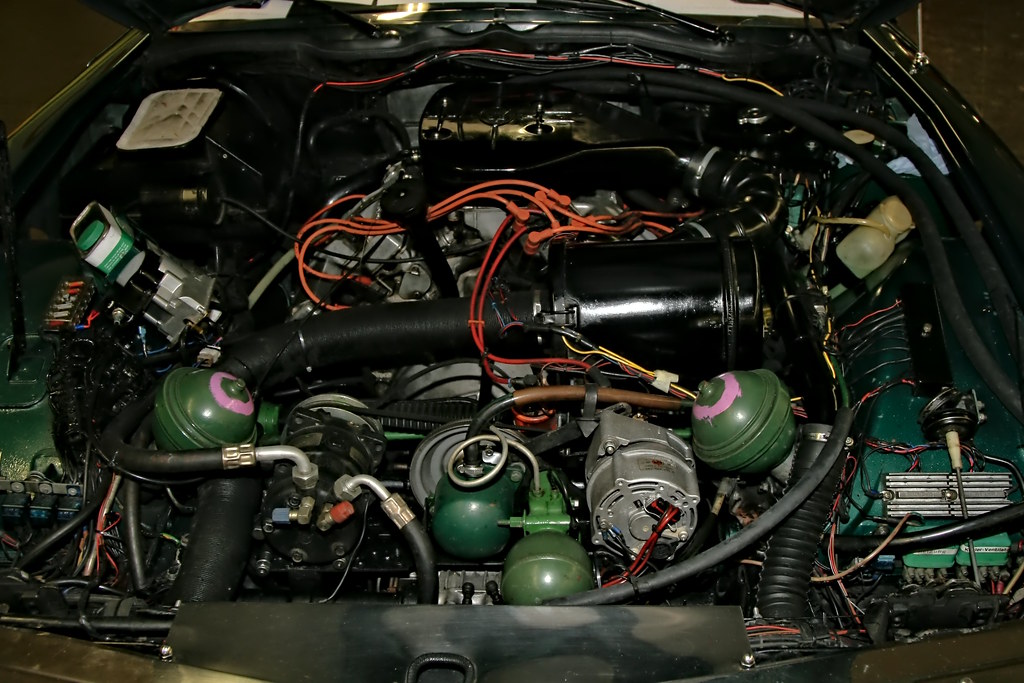
7. **Direct Lineage and Chronological Introduction: Separated at Birth**A common misconception among automotive newcomers is that the 340, 383, and 440 engines represent a direct, incremental lineage, with each being a natural progression from the last. However, as our previous exploration hinted, this couldn’t be further from the truth. The context explicitly states, “there is no lineage to follow among these engines.” They emerged from different engineering initiatives and, in many cases, different engine families, defying a simple sequential narrative.
Crucially, their chronological introduction also dismantles any notion of direct progression. The Mopar 383 B-block was actually the first of the trio to hit the market, making its debut for the 1959 model year. It carved out its niche as a powerful and dependable option well before its siblings.
Following the 383, the behemoth 440 RB-block arrived on the scene in 1966, marking a significant leap in displacement and torque capabilities within the big-block family. Finally, the spirited 340 LA-block, a small-block designed for agility, completed the trio’s introduction in 1968. This staggered release and varied architectural parentage mean each engine forged its own identity, appealing to distinct market segments and performance needs rather than forming a neat, ascending scale.
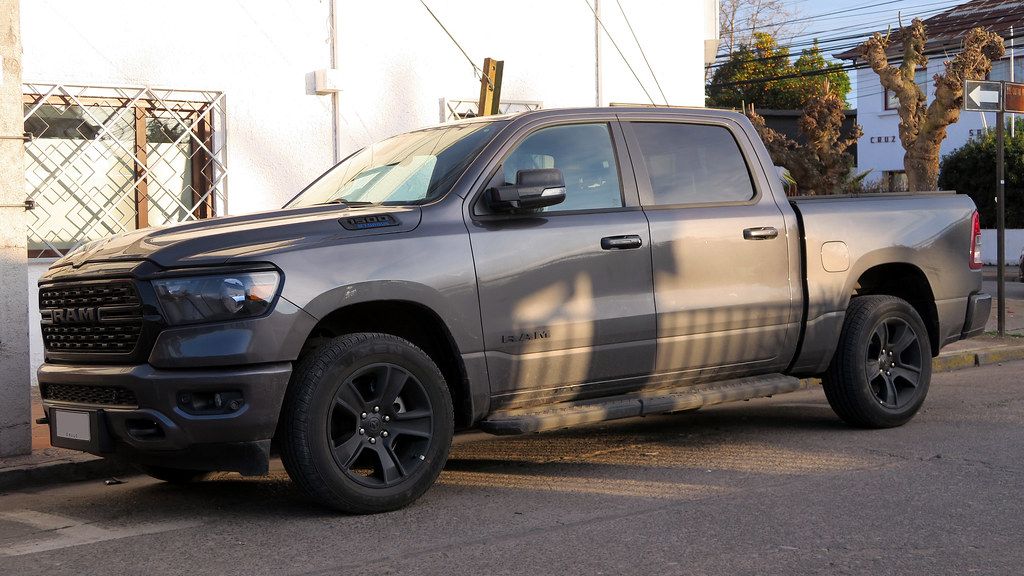
8. **Comparative Power Output: Horsepower and Torque Dynamics**While raw horsepower figures always grab headlines, the true character of these Mopar V8s is often best understood by examining their torque output and how that power is delivered. The 383 B-block, with its healthy 305 horsepower in performance applications, was praised for its “plenty of get up and go” and ability to “really rev up quickly.” It offered a balanced blend of power and responsiveness that made it a versatile choice.
Stepping up to the 440 RB-block, the narrative shifts dramatically to brute force. Known as a “real powerhouse with unreal torque,” the 440’s strength lay in its immense low-end grunt. Enthusiasts frequently noted that a 440 would “pull a hill, tow a trailer, burn rubber and 1/4 mile ET WAY better than a 383,” a testament to its superior pulling power. The factory rating could reach 390 horsepower with a Six-Pack, but independent tests often saw figures between 350 and 500 horsepower, with torque soaring to “480 lb-ft or more.” This makes it clear why the 440 was the undisputed king of straight-line acceleration and heavy-duty performance.
In stark contrast, the 340 LA-block, though a small-block, punched well above its weight class. Initially rated at 275 horsepower, MotorTrend’s tests revealed it was “underrated by about 45 horsepower,” pushing its true output closer to 320 horsepower. Its design focused on “high-revving capabilities,” allowing it to deliver power efficiently in a lightweight package. While it couldn’t match the 440’s raw torque, its spirited nature and agility provided a different kind of performance thrill, appealing to those who valued responsiveness and nimble handling.
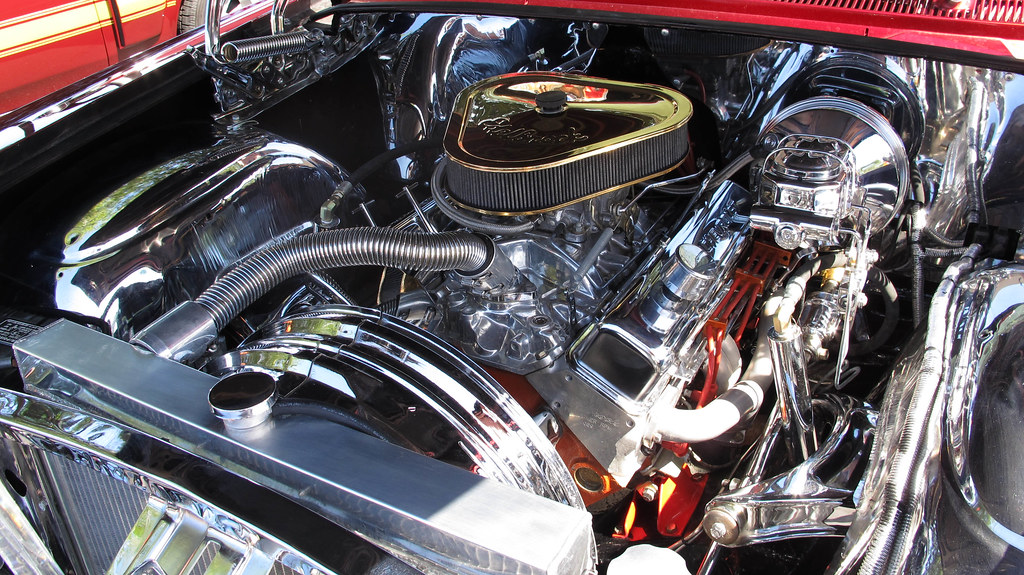
9. **Real-World Applications and Vehicle Suitability**The distinct characteristics of the 340, 383, and 440 engines naturally led them to find homes in different types of Mopar vehicles, catering to specific performance aspirations and vehicle designs. The 383 B-block, for instance, proved remarkably versatile, starting its career in family-oriented models like the Chrysler Town and Country before “quickly becam[ing] the go-to engine for many performance vehicles like the Dodge Charger.” Its balanced power and reliability made it a popular option across a wide spectrum of Chrysler’s lineup.
The mighty 440 RB-block, with its focus on maximum displacement and torque, was undeniably destined for Mopar’s top-tier muscle cars. As one forum member succinctly put it, “A 440 Will pull a hill, tow a trailer, burn rubber and 1/4 mile ET WAY better than a 383,” signifying its role in applications where raw, uncompromising power was the priority. Vehicles like the Plymouth GTX and Coronet R/T frequently offered the 440 as a premier performance option, appealing to buyers who sought ultimate street and strip dominance.
Conversely, the 340 LA-block was “Made for lighter body vehicles,” a strategic choice that capitalized on its small-block architecture and high-revving nature. This made it an ideal powerplant for more agile and compact muscle cars such as the Plymouth Barracuda and Dodge Dart. Its lighter weight contributed to better overall vehicle balance and handling, offering a nimble driving experience that stood apart from the big-block heavyweights. The choice between these engines often reflected the buyer’s desired vehicle dynamics, whether it was the straight-line grunt of a 440, the all-around capability of a 383, or the agile responsiveness of a 340.
Car Model Information: 2022 Dodge Charger SRT Hellcat Redeye Widebody Jailbre
Name: Dodge Charger
Caption: 1969 Dodge Charger
Manufacturer: Dodge
Production: 1966–1978,1981–1987,2005–present
ModelYears: 1966–1978,1982–1987,2006–present
Categories: 1960s cars, 1970s cars, 1980s cars, 2000s cars, 2010s cars
Summary: The Dodge Charger is a model of automobile marketed by Dodge in various forms over eight generations since 1966.
The first Charger was a show car in 1964. A 1965 Charger II concept car resembled the 1966 production version.
In the United States, the Charger nameplate has been used on mid-size cars, personal luxury coupes, subcompact hatchbacks, and full-size sedans.
Get more information about: Dodge Charger
Buying a high-performing used car >>>
Brand: Dodge Model: Charger
Price: $88,138 Mileage: 7,100 mi.
Read more about: Beyond the Red Carpet: Dissecting the Iconic Cars Celebrities Drive and the PR Machine Behind Their Public Persona
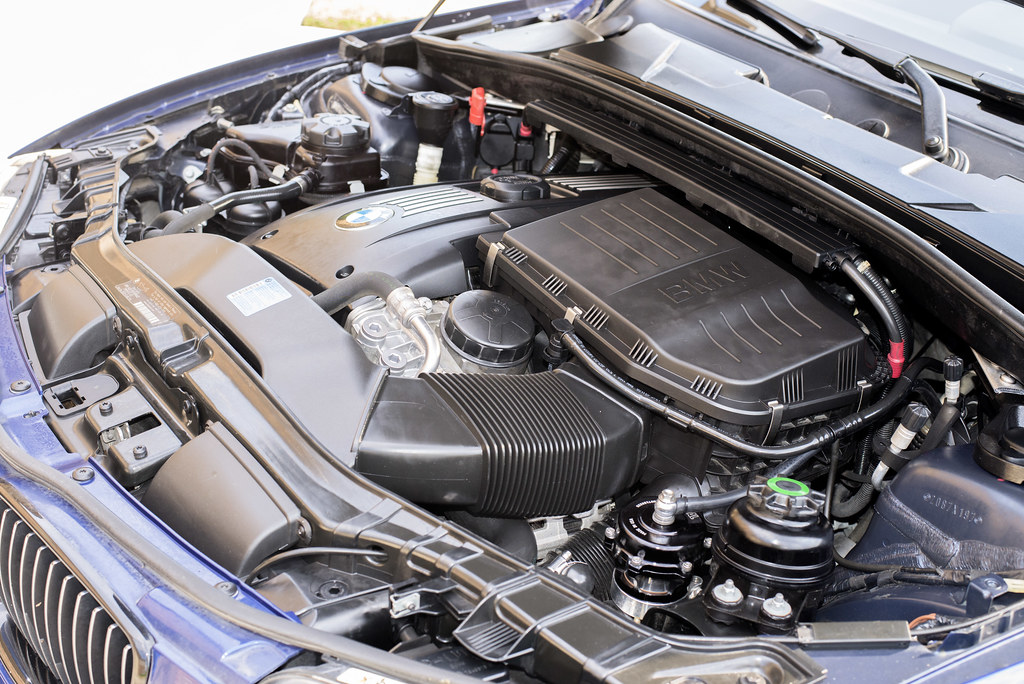
10. **Durability and Revving Characteristics**Beyond sheer power figures, the long-term reliability and how an engine performs across its RPM range are critical aspects for enthusiasts. The 383 B-block garnered a strong reputation for its robust construction. As noted by experienced mechanics, “383s are generally stronger blocks and can rev a little higher.” This inherent durability was often coupled with a lively disposition, as owners reported, “383s have been very dependable for me and have plenty of get up and go. They really rev up quickly and have good power,” even being described as “nearly indestructible” when well-maintained. Its relatively short stroke allowed it to sustain higher RPMs for extended periods, contributing to its sporty feel.
The 440 RB-block, while also celebrated for its dependability, had a different character. Its massive displacement and longer stroke meant it excelled at producing immense torque at lower RPMs, providing immediate, powerful acceleration. However, some enthusiasts noted “no top end to it compared to the 383” in terms of continuous high-RPM pulling power, suggesting its strength was in its low to mid-range grunt. One user vividly described the 440’s ability to “let the clutch out… at idle and it won’t kill the engine,” underscoring its immense low-end torque and impressive drivability. Both engines were considered reliable, but their performance delivery at different RPMs set them apart.
The 340 LA-block, designed with “high-revving capabilities” in mind, offered a spirited response that distinguished it from its big-block cousins. Its lighter rotating assembly and shorter stroke allowed it to spin up quickly, making it a joy for drivers who enjoyed exploring the upper reaches of the tachometer. This agile nature, combined with its respectable power, led many to consider “the 340’s are… the cream of the small block crop!” for its balanced blend of performance and responsiveness. Each engine presented a unique personality, defined by its design choices for durability and its preferred operational RPM range.
Read more about: The Road Less Traveled: 12 Sports Cars Proven to Defy the Odometer and Deliver 200,000+ Miles of Thrills for U.S. Drivers
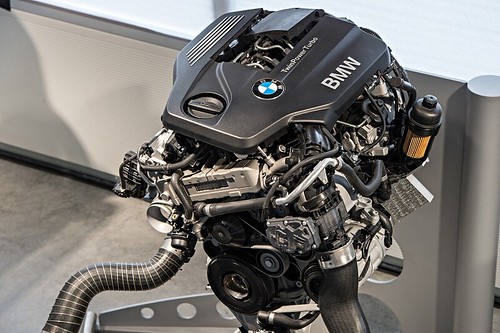
11. **Physical Dimensions and Fitment Implications**The architectural differences between the B, RB, and LA engine lines extend beyond internal components to their external dimensions, which in turn have significant implications for vehicle fitment and overall weight distribution. As an RB engine, the 440 was inherently “taller and wider” than its B-block counterparts, like the most common 383. This increased size meant that while it could fit in many B-body and E-body muscle cars, it often presented tighter clearances, especially when considering headers or other aftermarket components.
Forum discussions highlight this practical aspect, with one member stating, “RB is ~2″ wider.” This seemingly small difference could become a major headache during installation or maintenance, influencing choices for engine swaps or modifications. The physical bulk of the RB-block also contributed to a heavier front end in vehicles, which could affect handling dynamics, particularly in lighter-bodied cars.
In contrast, the B-block 383 was a more compact big-block, sharing a common stroke length with other B-line engines and a less imposing physical stature than the RB. This made it a somewhat easier fit in various chassis and contributed to a slightly better weight distribution compared to the heavier 440, especially for applications where balance was key. The 340, being a small-block from the LA line, was explicitly “Made for lighter body vehicles.” Its significantly smaller dimensions and lighter weight were crucial for achieving better handling characteristics and a more nimble feel. For A-body cars, for example, many enthusiasts argued that small-block engines like the 340 were preferable for “better balance,” making vehicle dimensions a critical factor in engine selection.
Read more about: The Hidden Costs of Cheap Car Accessories: A Consumer Reports Guide to Smart Upgrades
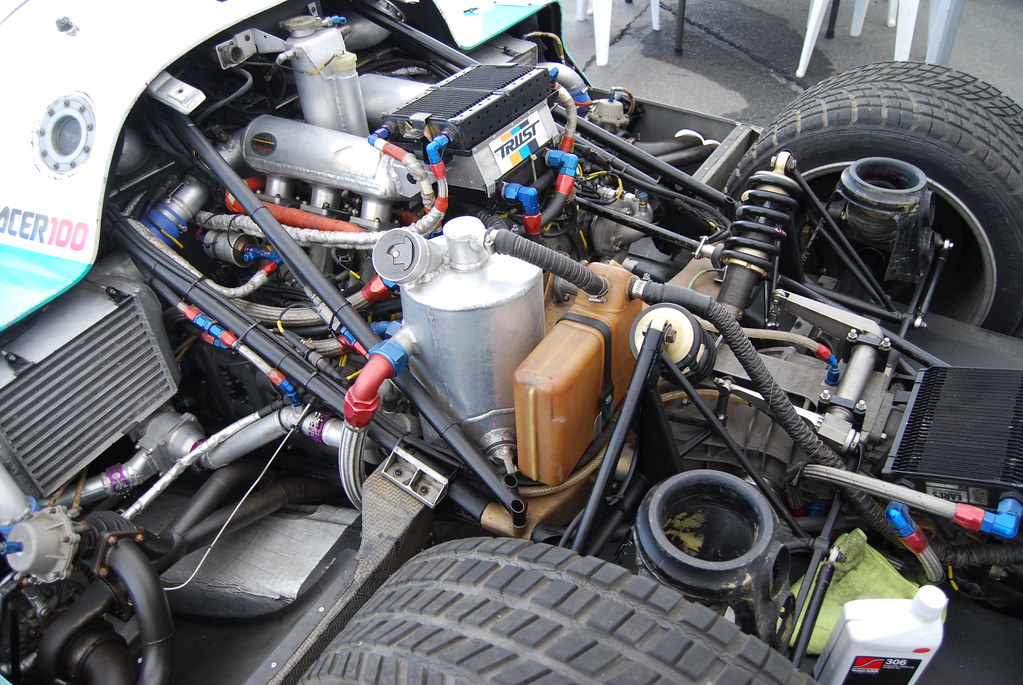
12. **Modification Potential and Aftermarket Enhancement**For many Mopar enthusiasts, the factory specifications are merely a starting point; the true potential of these engines lies in their ability to be modified and enhanced. Both the 383 and 440 big-blocks are highly receptive to aftermarket upgrades. As one experienced builder shared, “You can do almost anything you want to a 383 or 440. And still be happy with the outcome.” However, their inherent designs lead to different avenues and outcomes for modification.
The 440, with its immense displacement, offers a strong foundation for building extreme power. “If you do the exact same mods to each one the 440 will still be out in front,” indicating that its larger cubic inches generally yield greater gains for similar efforts. Many discussions reveal that the 440, despite its factory prowess, was sometimes considered “under headed from the factory,” suggesting that upgrading cylinder heads could unlock significant untapped potential. Building a 440 for “500+ hp and 550 tq with pump gass and iron heads” is a very achievable goal for many enthusiasts aiming for street/strip dominance.
The 383, while perhaps requiring a bit more strategic planning for extreme builds, is equally capable of impressive results. Its “shorter stroke is hard to build decent compression” with standard components, often necessitating domed pistons or extensive head milling to achieve high compression ratios. However, its high-revving nature, as a “high winding” engine with “the correct components, Cam/Springs ETC!” makes it a fantastic choice for a different kind of power delivery. Some even suggest the “383 responded better to modification” in certain aspects, particularly in overcoming its original limitations to achieve a more agile, high-RPM powerband. The 340, too, responds well to modifications, embodying the “cream of the small block crop!” mentality with its ability to be tuned for impressive small-block performance.
Read more about: Unearthing the Automotive Ghosts: 14 Forgotten Two-Seater Sports Cars That Demand Your Attention
Ultimately, the choice among the 340, 383, and 440 comes down to understanding their distinct engineering philosophies and aligning them with your personal driving aspirations. Whether you prioritize the agile, high-revving thrill of a small-block, the balanced and dependable grunt of a versatile big-block, or the unadulterated, tire-shredding torque of a true monster, Mopar offered an engine that perfectly suited the golden age of American muscle. Each one, in its own unique way, contributed to the legendary performance heritage that continues to captivate enthusiasts today, reminding us that sometimes, the differences are exactly what make something truly special.



